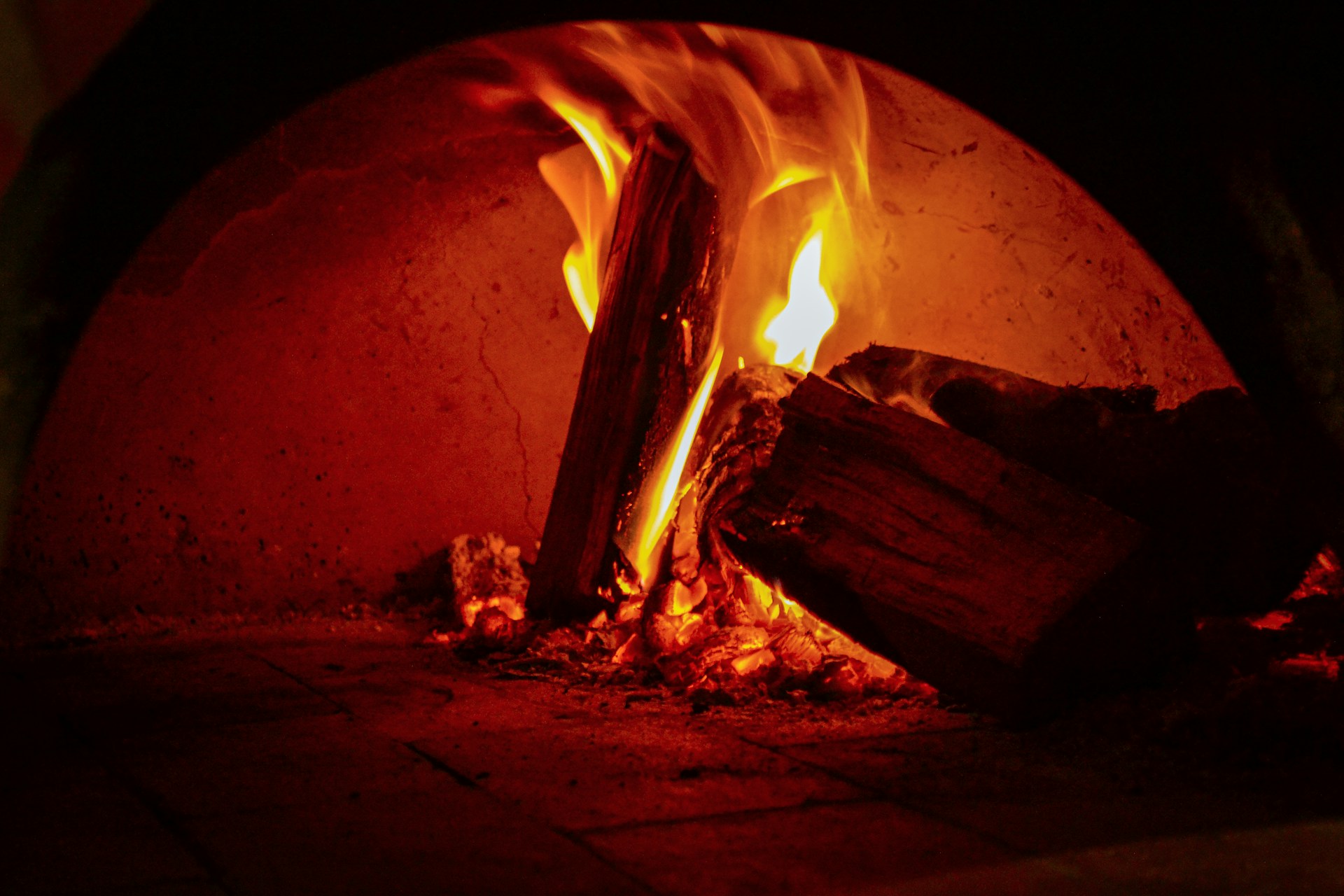So, what exactly is brick mold? Is it purely aesthetic, or does it serve a practical purpose? Why is it especially relevant in homes with brick or masonry exteriors? Let’s break it down.
Brick mold (or “brickmould”) is an exterior trim that wraps around doors—and sometimes windows—to cover the gap between the door frame and the exterior wall. It creates a clean, seamless transition between the door jamb and the home’s outer surface, whether that surface is brick, stone, stucco, or siding.
Despite its name, brick mold isn’t just for brick homes. However, it becomes extra important on uneven surfaces like masonry, because it gives you a straight, solid line to attach your door securely.
Why Brick Mold Matters
Beyond looking sharp, brick mold plays a protective role:
- Water Barrier: Shields the door frame from rain and snow by covering seams
- Structural Support: Keeps the door stable, especially on rough surfaces
- Aesthetic Finish: Adds depth and polish to the door frame
- Pest Prevention: Closes gaps that might let insects or rodents sneak inside
In short, it’s like a superhero cape for your door—stylish and functional.
Brick Mold Materials: Picking the Right One
Brick mold comes in several materials, each with its own perks:
1. Wood Brick Mold
- Classic and traditional
- Easy to paint or stain
- Needs maintenance to avoid rot, swelling, or insects
2. PVC (Vinyl) Brick Mold
- Moisture- and rot-resistant
- Low maintenance
- Pre-finished but can be painted
3. Composite Brick Mold
- Blend of wood fibers and plastic resins
- Durable and decay-resistant
- Popular in modern construction
4. Aluminum-Clad Brick Mold
- Premium option
- Extremely weather-resistant
- Often color-matched to doors or windows
Pick your material based on budget, climate, maintenance, and aesthetics.
How Brick Mold Is Installed
Even if you hire a pro, it’s useful to know the basics:
- Door Frame Alignment: Level and position the door in the rough opening
- Brick Mold Placement: Attach trim around the door perimeter
- Fastening: Use galvanized nails or screws into studs or masonry
- Sealing: Caulk between the trim and wall to block water
- Finishing: Paint, stain, or leave as-is if pre-finished
When done right, brick mold helps create a secure, weathertight door system.
Is Brick Mold Always Necessary?
Not always. You might skip it if:
- Your door is flush-mounted with the siding
- You prefer minimalist, frameless designs
- The door has integral flanges that seal on their own
Still, for most traditional homes—especially with brick, stucco, or stone exteriors—brick mold remains a practical and stylish staple.
Replacing or Repairing Brick Mold
Wood brick mold can show wear over time:
- Peeling paint
- Water damage or rot
- Warping or detachment
Replacing old or damaged brick mold can boost curb appeal and energy efficiency. Remove the old trim carefully, check for hidden damage, then install and seal the new molding.
Read More : How to Install a TV Over a Brick Fireplace: A Step-by-Step Guide
Design Considerations: Styles and Profiles
Brick mold isn’t one-size-fits-all. It comes in various profiles:
- Clean, square edges for modern looks
- Rounded or beaded contours for classic charm
- Layered trims for a more sophisticated statement
With the right style, brick mold enhances both the function and the visual appeal of your door.










